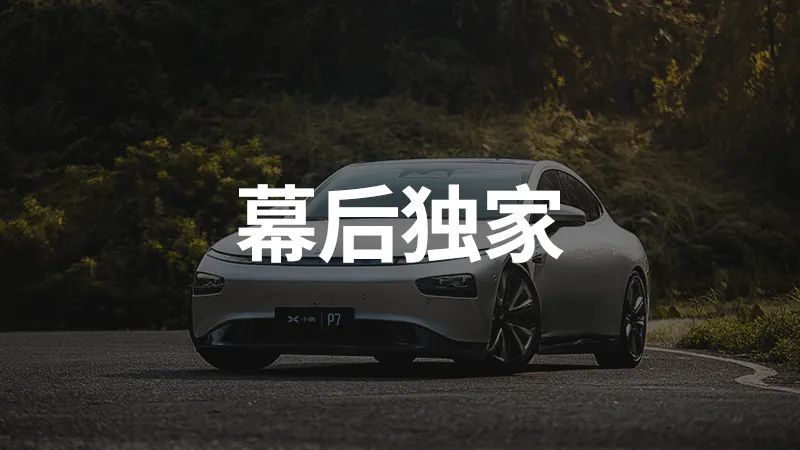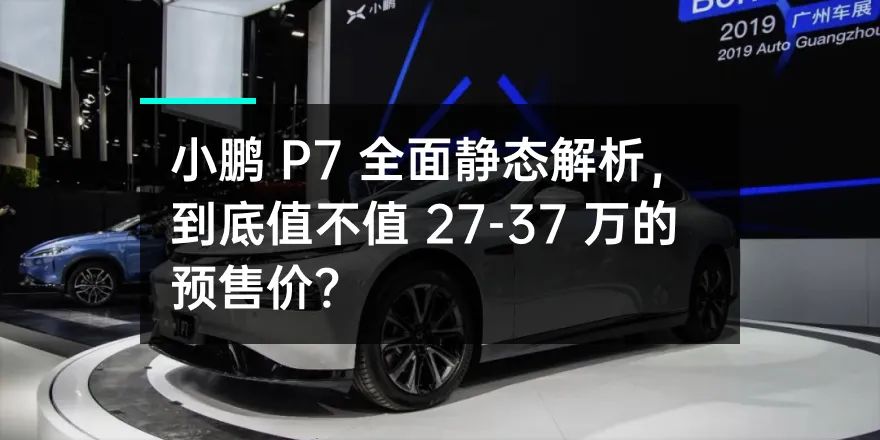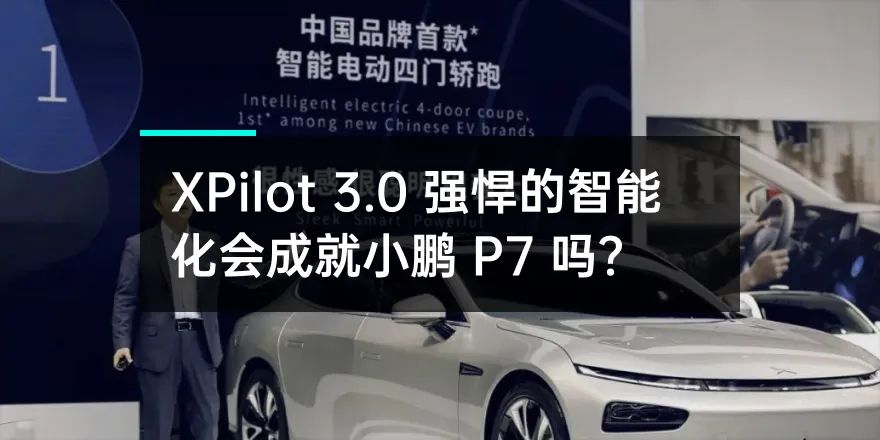Automatic driving needs to be “better” by using existing technologies for driving assistance. This answer is yes. Regarding car manufacturers in 2020, the emphasis should be on how to achieve higher levels of driving assistance. Currently, this is the direction that traditional car manufacturers and new car manufacturers are heading towards.
The Tesla long-life version has announced its price, and the new top-tier car manufacturers have delivered products that can achieve a range of 500 kilometers. In terms of range, the PK seems to be approaching the ceiling of current battery technology.
The ability of intelligent driving assistance determines what functions consumers can experience. Intelligence is also a battlefield for competition among car manufacturers. In comparison, new car manufacturers generally perform more aggressively in terms of intelligence.
Meanwhile, the XPeng P7, which has been in preheating for quite some time, will also be released in April. In addition to the officially claimed 706 kilometers of endurance for this car, the most attention-grabbing feature is driving assistance. For this reason, we contacted the Director of XPeng Automatic Driving Products, Huang Xin, to learn about XPeng’s approach to automatic driving.
01 XPeng’s “Chinese-style” automatic driving route
The “Continuity” Principle of Automatic Driving
First and foremost, there is level 3 (L3). Since Audi gave up on L3-assisted driving, the so-called incremental path that car manufacturers insist on seems to be disintegrating. However, XPeng clearly does not think so. As Huang Xin said, L3 is actually very abstract. It is only a definition of engineering, and consumers may not care about what L3 is. Moreover, traditional “configuration” is no longer a factor that blind consumers pay for.
This means that since the development of automobiles, consumers have been educated by the market. Car manufacturers not only need to solve the problem of having or not having functions, but more importantly, what is the usage experience after having these functions? Consumers are more concerned about what functions you have achieved.
In the engineering definition of L3, what capabilities can you achieve, and what you can achieve well, are what car manufacturers should consider, rather than calling it high-level assisted driving, but only allowing it to be used in a park or enclosed area.
So, how is XPeng different from other L3-level cars on the market, and what are these distinguishing points?
Huang Xin also answered XPeng’s solution from the perspective of consumers:
It is the problem of “continuity” of use, how to make the car owner intervene less and adjust less when turning on the driving assistance.For consumer-side, it is important to understand the “continuity”. If you have ever used the assisted driving function, you will know that if the road conditions are good and the driving order is good, the assisted driving will always remain on, but if there are warning signs or warning objects recognized, it will exit and let people take over the vehicle, which is also the standard practice of manufacturers.
Affirmatively, this logic is correct, and letting people take over at this time can avoid some danger, but there is room for improvement here.
The highlighted issue is the problem of road conditions in China. There are many road repair situations, but sometimes even though there are warning signs on these roads during repairs, the actual road conditions are very good when you drive over them. However, the assisted driving will still exit, and you will continuously enter and automatically exit when encountering continuous road repairs.
This experience is very bad, and XPeng will optimize for such situations.
Huang Xin also gave us an example:
Actually, ACC (Adaptive Cruise Control), ALC (Automatic Lane Change), and LCC (Lane Keeping) are all standardized functions, but consumers will encounter some detailed problems in actual use, which the vehicle itself cannot solve. However, XPeng wants to make these standardized functions more “localized” based on countless scenarios that can be encountered in reality.
For example, ACC has no problem with high-speed driving, but in congestion, because the general following distance is even adjusted to the closest, you will find that it is still very far in reality. At this time, if you turn on the assisted driving, you will be cut in line; and when you are driving normally, the vehicle next to you is changing lanes at a small angle. Can it identify and judge in time, and change the driving speed, etc., without the need to exit the assisted driving.
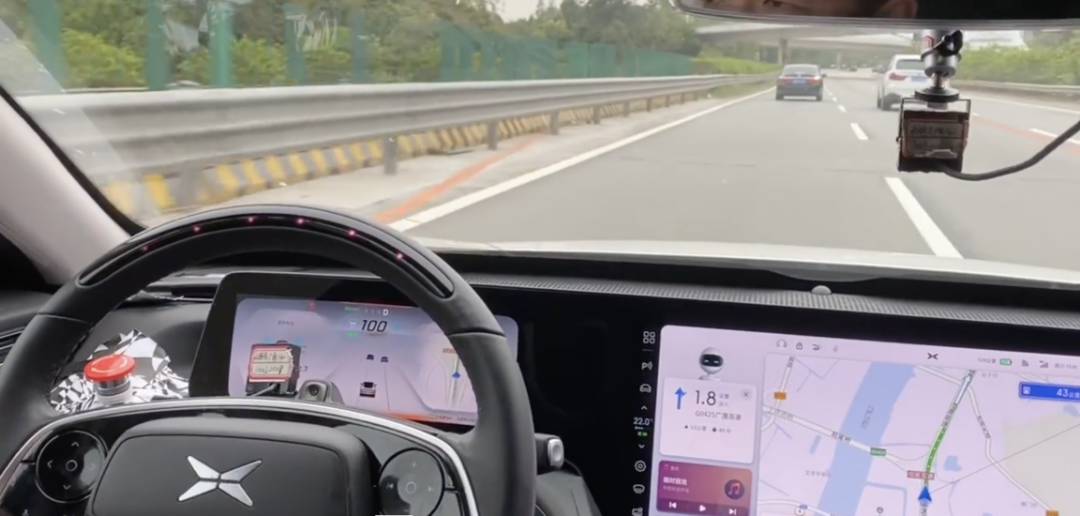
P7 can achieve short-distance following and side monitoring without blind spots through the combination of front cameras and radars and side cameras, and can imitate human driving, accelerate/decelerate quickly, and closely follow the preceding vehicle, while ensuring safety, to avoid “Chinese-style cut-in” annoyance.
Moreover, when using LCC, if there is a large truck next to it, the standard practice is to run parallel with the truck as long as both vehicles maintain their lanes. However, people usually want to get away from it as soon as possible, and the solution provided by XPeng P7 is that if a large truck is detected, it will avoid running parallel with it, which is assisted driving that imitates human driving behavior.
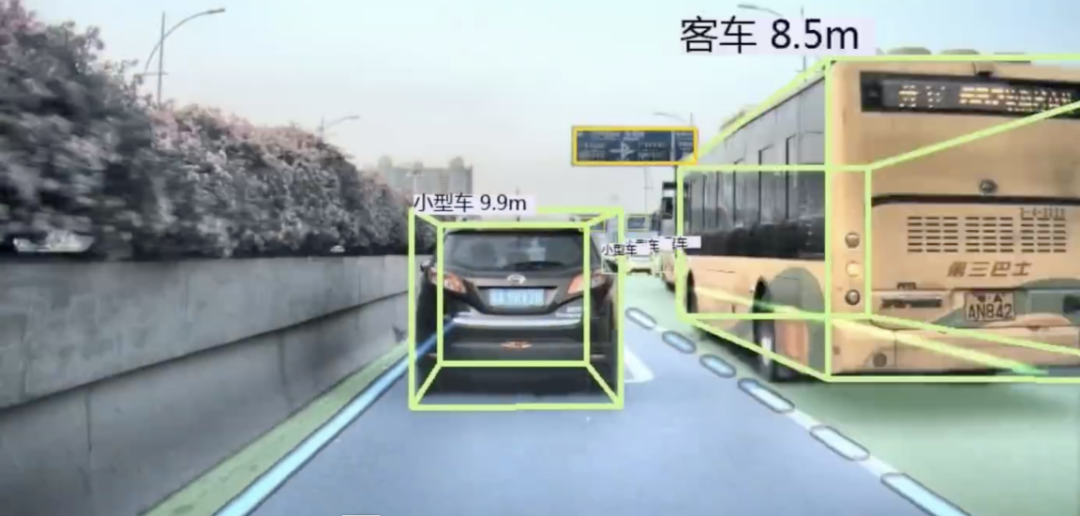
Translate the following Chinese Markdown text into English Markdown text, in a professional manner. Keep the HTML tags inside the Markdown and output only the result.
Note that it is not to say that the vehicle will not exit in case of danger, but in the driving environment at that time, if there is no danger, how the vehicle adjusts itself to better meet the human needs.
In order to achieve this goal, XPeng’s use of hardware can be described as exaggerated:
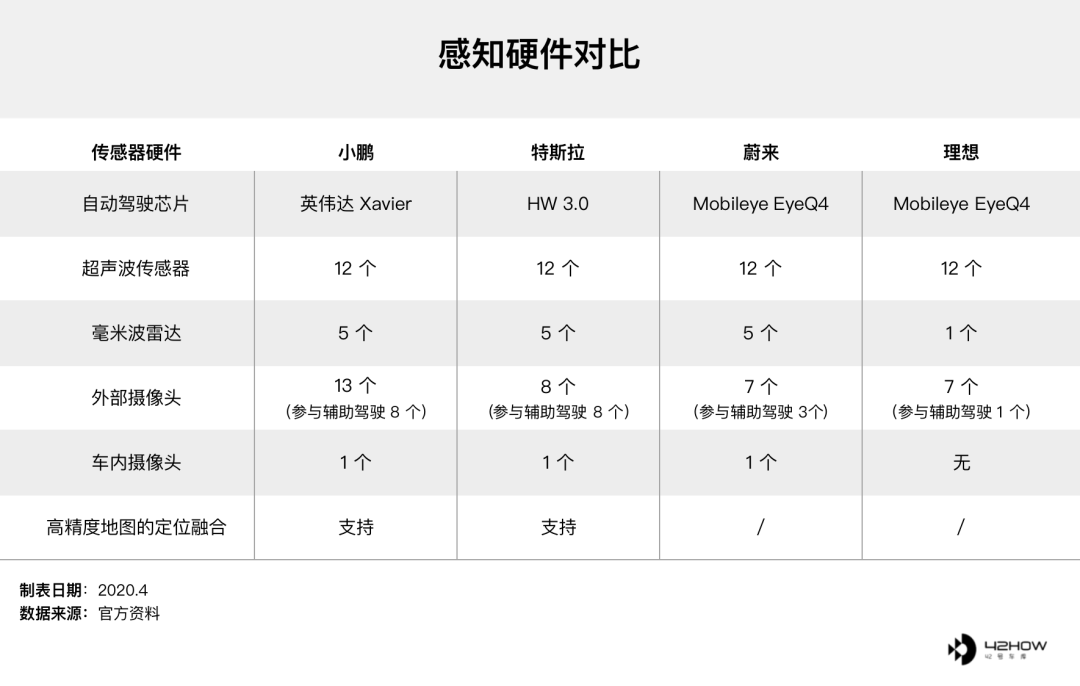
And XPeng P7 will also implement the NGP function in the fourth quarter.
What is NGP? It is a navigation-assisted driving ability that fuses high-precision maps and positioning, similar to the function implemented by Tesla NOA.
In actual experience, when the auxiliary driving is turned on, the vehicle will drive itself based on the destination you have located. It will change lanes and overtake according to the road conditions. For example, if you are driving in the middle lane of a three-lane highway and your destination exit is on the right, it will change lanes to the right based on the road conditions.
In terms of autonomous driving perception, XPeng is still quite similar to Tesla, including visual perception as the main focus.
And Huang Xin also expressed the difference between XPeng and Tesla:
First of all, in terms of function implementation, XPeng will keep up with Tesla and will not reduce or arbitrarily increase functions. But in terms of function use, XPeng has its own thinking.
Huang Xin said that, for example, recognizing ice cream cones seems to be a manifestation of the ability of assisted driving in the industry. But the problem is, what can be done after recognizing ice cream cones? What kind of functional logic is behind this?
He said that Tesla’s visual perception ability is very strong, and recognizing ice cream cones is also to avoid dangerous warning objects, but he has experienced that when encountering ice cream cones, Tesla’s assisted driving system will exit, and there will be continuous manual entry and automatic exit in the case of continuous ice cream cones. However, the road conditions at that time were very good according to human judgment, with no cars and wide road surface. (Here, “people” means not actively turning on the indicator to change lanes, which will trigger the exit.)
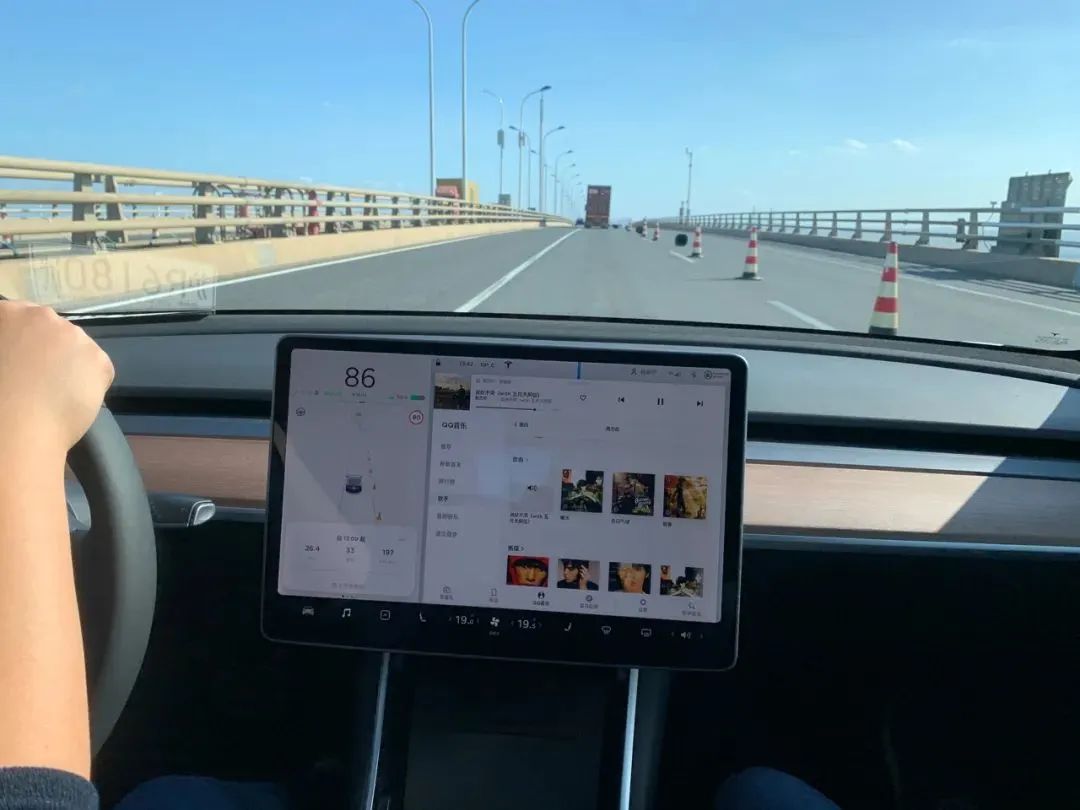
Huang Xin said that this is actually a very typical Chinese road condition. For XPeng, it values this type of scenario, and it is not to say that after the assisted driving recognizes ice cream cones on highways or urban roads, the system will exit, and you need to take over to avoid them. It is to see if after recognizing them, the system can automatically change lanes or slow down to avoid them safely without exiting the system.
Therefore, this gives rise to the “Chinese-style” demand for high-speed NGP products. We want to develop some specific research and development based on the needs of users in the usage process.## A Discussion of P7’s Autonomous Driving Capability
Next up is Tesla’s radical approach. Huang Xin said that he had recently upgraded his Tesla to HW3.0 and was using assisted driving to follow the car in front of him when passing through a toll station. As the toll station was free, the car in front quickly passed through and lost its target, and the lane markings had disappeared. However, Tesla chose not to exit and continued driving until the height limit bar, even though the warning had already appeared on the dashboard. Huang Xin thought this was too extreme, and that such actions might be considered risky by others.
On the other hand, XPeng Motors’ understanding of assisted driving is to provide a feature that surpasses users’ psychological expectations, but does not cross the line of fear for drivers. Otherwise, there could be greater danger. We also learned from Huang Xin that XPeng has optimized the recognition of Chinese road signs and warning signs such as ice cream cones. Although he did not give specific numbers regarding the number of recognized signs, he mentioned that XPeng recognized more signs than Bosch.
In fact, we have tested Tesla’s assisted driving capabilities in heavy rain conditions, where it was difficult for the human eye to see the road. Nonetheless, Tesla did not exit assisted driving. We asked Huang Xin whether the P7 would be capable of such driving.
Under extreme conditions, it is not recommended to do so, but Huang Xin said that the P7 has already encountered such heavy rain weather conditions and was still able to drive. At such times, the cameras were blinded and the P7 relied on millimeter-wave radar and high-precision maps for driving.
XPeng’s philosophy is to prioritize functionality based on scenarios. Horizontally, XPeng is similar to other automakers, providing standard features. However, its first principle is “user-centric.” For instance, since its customers are from China, XPeng has deepened the “China-style” scenario, optimized its features, and achieved functional optimization. That is, “where you have none, we have it, and where you have it, we optimize it.”
- P7’s Autonomous Driving Capability In Question
In our discussion with Huang Xin, we asked him a soul-searching question: “What is the difference between Tesla and P7 after both have been driven?”. Huang Xin first acknowledged Tesla’s excellence and stated that currently, there is a difference between the capabilities of P7 and Tesla. According to him, Tesla has made great progress since he test drove it in North America two years ago, and now, Tesla is pushing an AP in China that has made numerous user-friendly optimizations. The current capabilities of P7 are similar to those of Tesla in July last year, and although there is a difference, he believes that by the fourth quarter of this year, the P7 will be as capable as Tesla is now.
We also asked Huang Xin about P7’s autonomous driving capabilities, with the following questions:Q: Can data collected by sensors in G3 be reused due to changes in the sensors?
A: Similar to P7 and Tesla, G3 can also reuse data, and it can also collect real-time data through cameras. Although there are significant differences in architecture between G3 and P7, although the entire data cannot be completely restored to P7, it can provide good input for group data, such as the proportion of vertical and parallel parking success rates and efficiency for automatic parking.
Q: Some car companies have developed many functions, but opening them requires some limitations. Does XPENG have any related opening conditions that can cover many scenarios?
A: First of all, in the first batch of open scenarios, it will basically align with the industry’s standard level. In the second step, these scenarios will be combined with research and development capabilities to achieve better coverage. For example, in areas such as tunnels without signals and GPS information, NGP will not be degraded. We will ensure that such scenarios can also pass through safely.
Q: Some functions are turned on, and the false alarm rate will be very high. Originally, nothing happened, but he will send out an alarm, which will affect the experience. How does XPENG avoid correct and false alarms?
A: First of all, if there is nothing important, don’t come out. If there is a vital problem, you must come out because safety is the first principle. First, look at the data. For example, for lane departure warnings, many users manually turn it off, but some people do not recommend turning it off when driving because they may get tired. On the interaction level, XPENG may turn off the function by default, but it can be associated with fatigue monitoring by the sensor. When it detects fatigue, it will turn on the function. The logic is similar to this.
Q: How did P7 identify multiple lines correctly on video on highways before?
A: First of all, we need to see whether the interference line appeared at the beginning or suddenly. If it suddenly appeared, the vehicle would infer the position and time of the lane based on the correct lane when used previously, and then exclude the one that appeared abnormally by a regularity in the center of the entire lane. Therefore, the judgment logic is not based on color.
In conclusion
To ensure safety and redundancy requirements, XPENG’s hardware architecture is considered luxurious, and for better system matching and greater autonomy in the future, it uses self-developed visual perception systems in autonomous driving.The second point is related to the functionality, which is also the core logic of XPeng’s autonomous driving. Vertically speaking, P7 will gradually release its functions in stages after its launch. The first step is to optimize those functions that are already available on G3 but will be further optimized on P7. The release of NGP function is expected to be in the fourth quarter of this year. Horizontally speaking, the open functions will basically follow the mainstream in the market, which is in line with XPeng’s competition strategy.
Finally, XPeng will optimize its functions based on the “Chinese-style demand”. Simply put, these functions are standardized, so how to differentiate XPeng from other manufacturers will depend on how sensitive they are to their “customer demands”. After talking with Huang Xin, it becomes clear that XPeng focuses on optimizing those functions that are most needed in the Chinese market.
The automatic parking function of P7 will be further optimized, which is still a significant highlight. XPeng uses a visual parking recognition system that does not require a side-view camera as in traditional parking. With the unique front-facing camera, the system can detect empty parking spaces in advance. The success rate of the function can be guaranteed by the camera, which can model the parking lot’s space and record the data. For parking lots that have never been visited, collecting data three times is generally required to cover the parking scenario. Besides, the data will be uploaded to the cloud and shared with other XPeng car owners. Therefore, even XPeng car owners who have not visited the parking lot can achieve high-precision parking with the benefit of data sharing.
Author: Delu
Editor: Daji
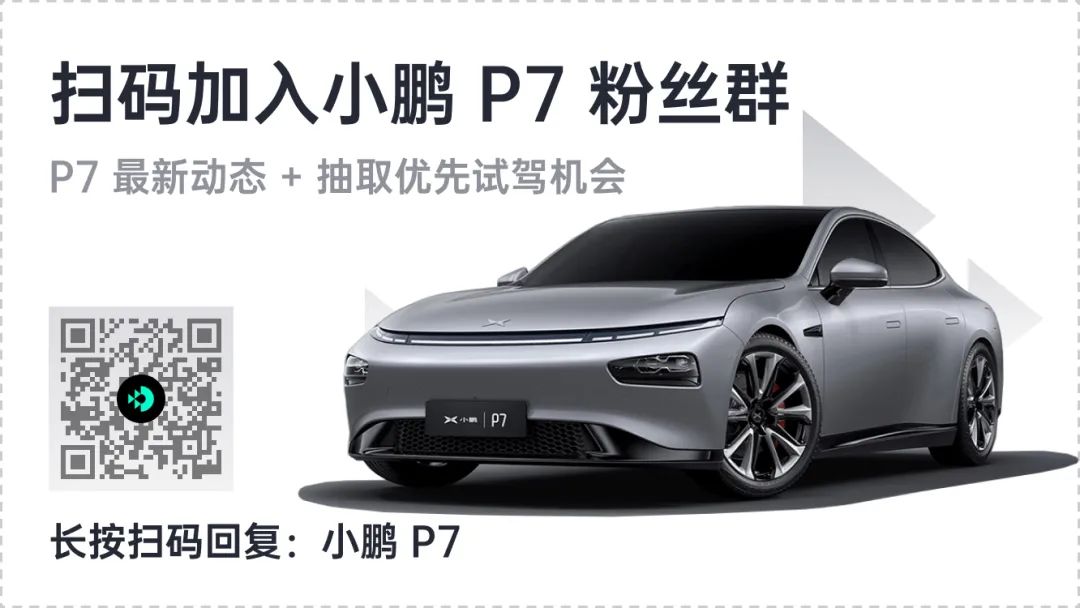
You might be interested in:
This article is a translation by ChatGPT of a Chinese report from 42HOW. If you have any questions about it, please email bd@42how.com.
